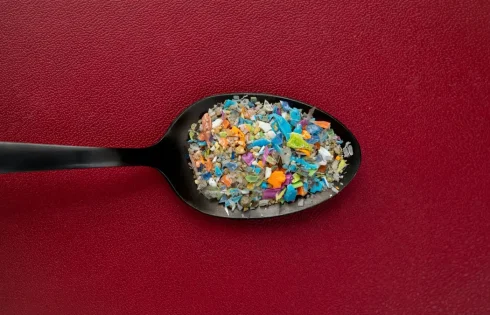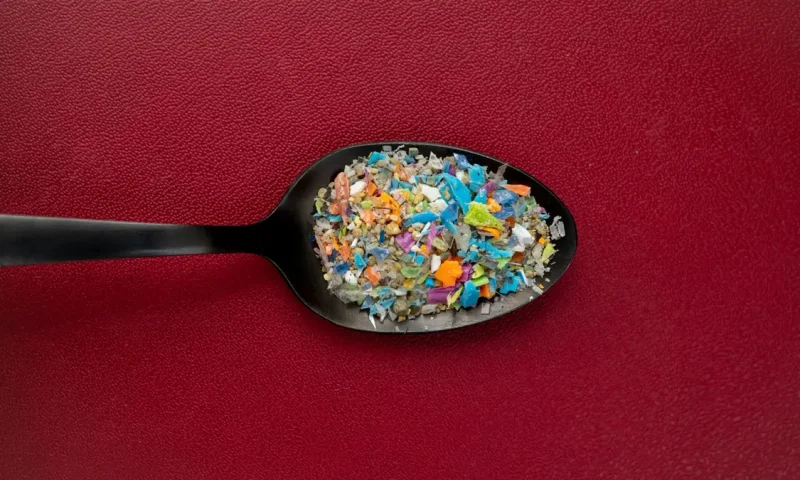
A disturbing new finding shows microplastics have infiltrated human brain tissue, raising serious questions about our health.
It’s been discovered that human brains accumulate a surprisingly large amount of microplastics and nanoplastics – equal to a spoonful. Even more concerning, these levels are 3 to 5 times higher in individuals with dementia.
Building on findings from Nature Medicine, a detailed commentary was recently released in Brain Medicine on this invisible health threat.
“The dramatic increase in brain microplastic concentrations over just eight years, from 2016 to 2024, is particularly alarming,” notes Dr. Nicholas Fabiano from the University of Ottawa’s Department of Psychiatry, lead author of the Commentary.
“This rise mirrors the exponential increase we’re seeing in environmental microplastic levels,” added Fabiano.
Plastic of 200 nanometers major risk
These tiny plastic fragments, resulting from the breakdown of larger plastics, have infiltrated virtually every corner of the globe.
They are found in the deepest ocean trenches, within the tissues of marine organisms ranging from plankton to whales, and have even been detected in the air and snow of remote mountain peaks.
This widespread distribution highlights the alarming ability of microplastics to travel through air, water, and food chains.
Researchers analyzed brain tissue from autopsies, comparing samples from 2016 to 2024. They specifically analyzed the frontal cortex, an area of the brain directly behind the forehead.
The study identified 12 different types of plastic polymers, with polyethylene being the most prevalent in the brain tissue samples. Polyethylene is widely used in packaging and containers like bottles and cups.
Simple solutions to avoid intake
The commentary suggests a simple yet effective way to reduce microplastic intake: switching bottled water to filtered tap water.
Researchers have also been investigating how the body might eliminate microplastic compounds, with initial findings suggesting sweating could play a role.
If left unchecked, this issue could represent a major, unforeseen environmental health crisis.
“The commentary calls for urgent research priorities, including establishing clear exposure limits and assessing long-term health consequences of microplastic accumulation,” the press release noted.
The peer-reviewed Commentary has been published in Brain Medicine.

